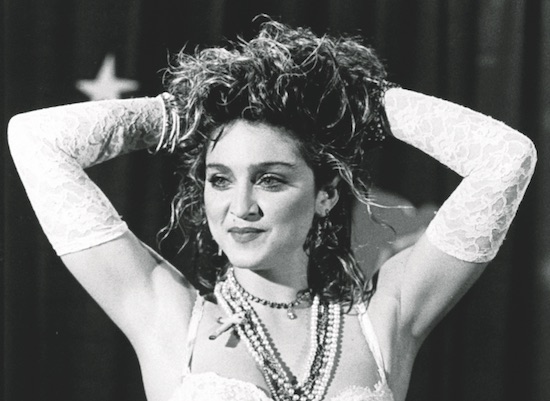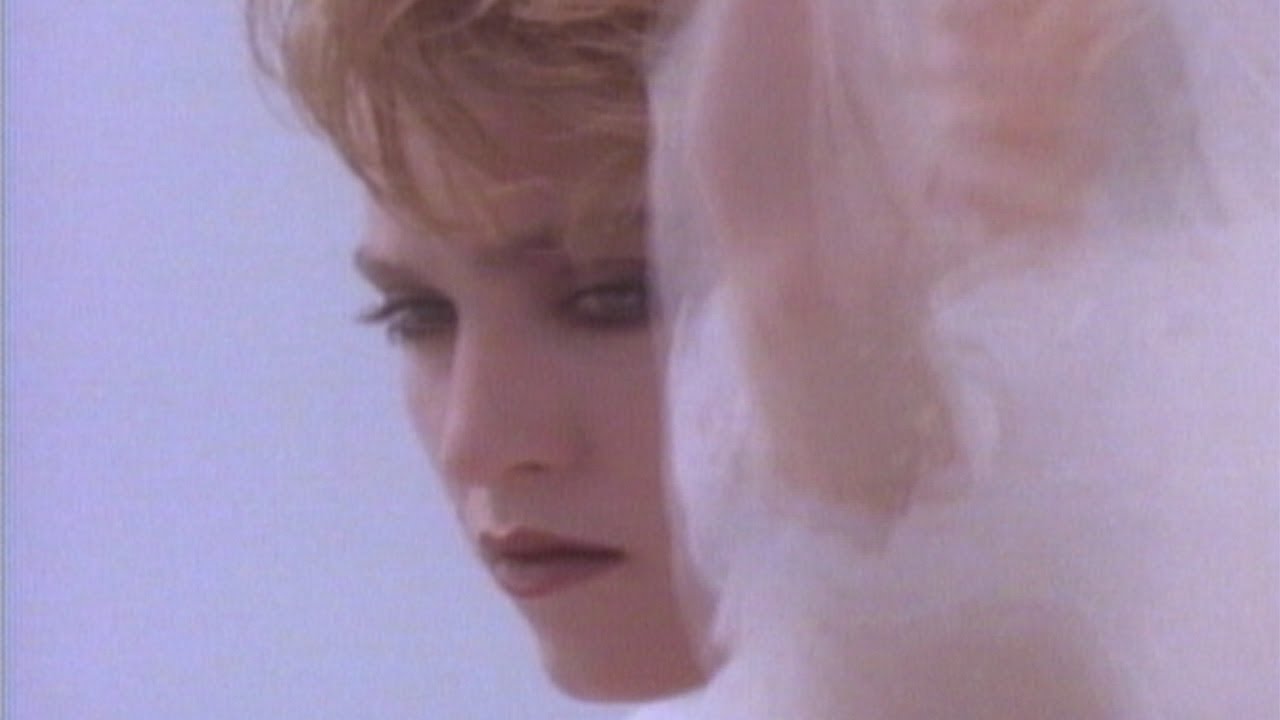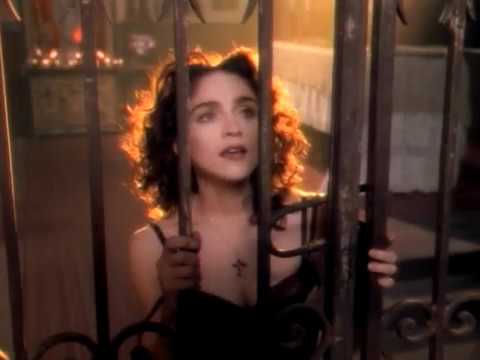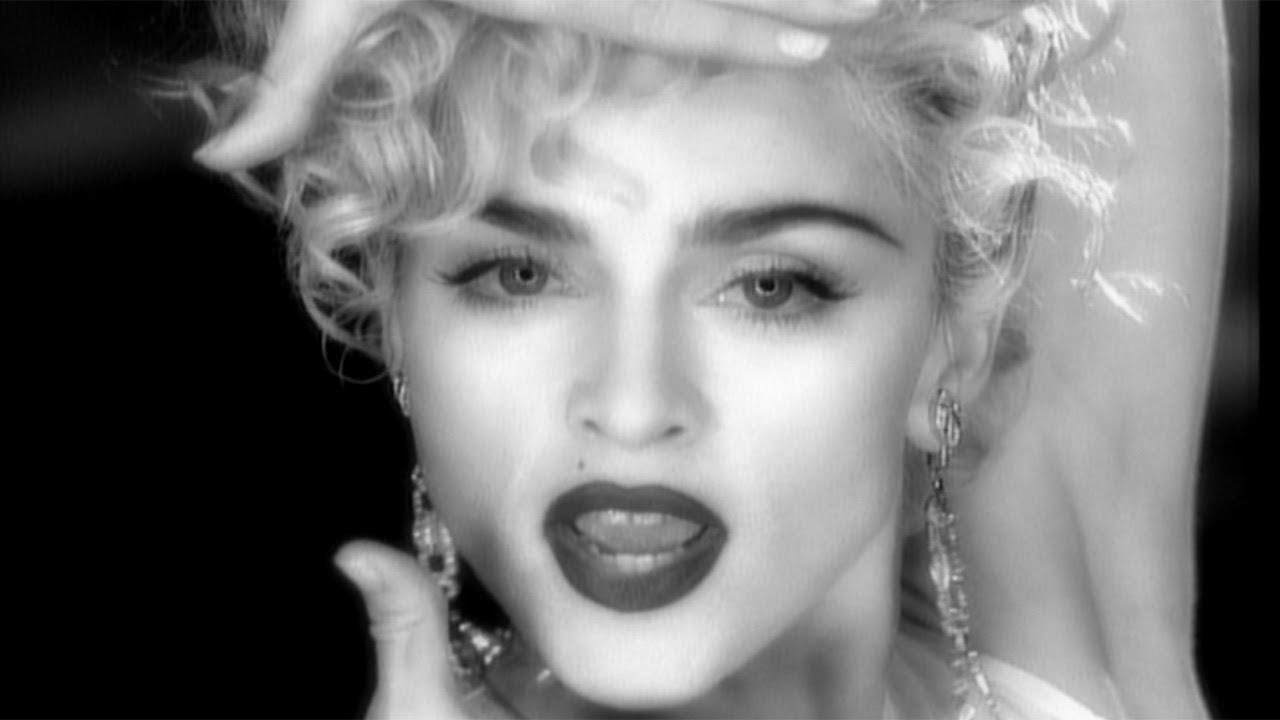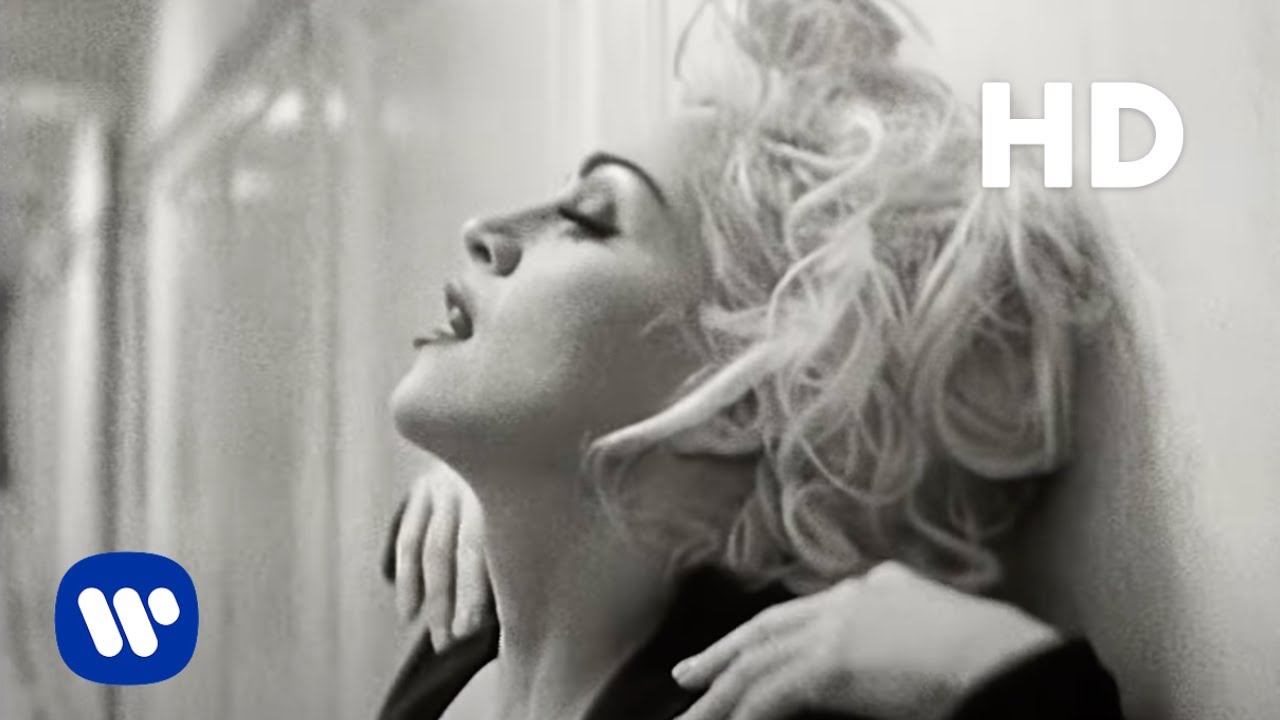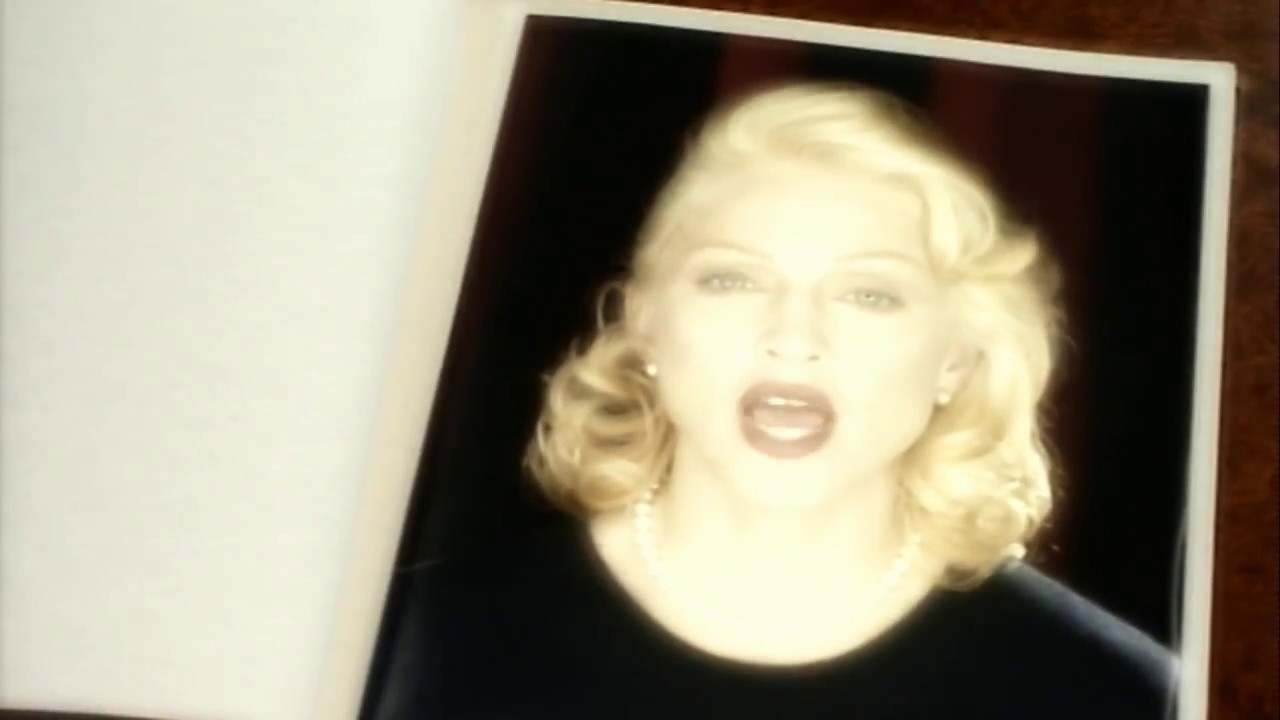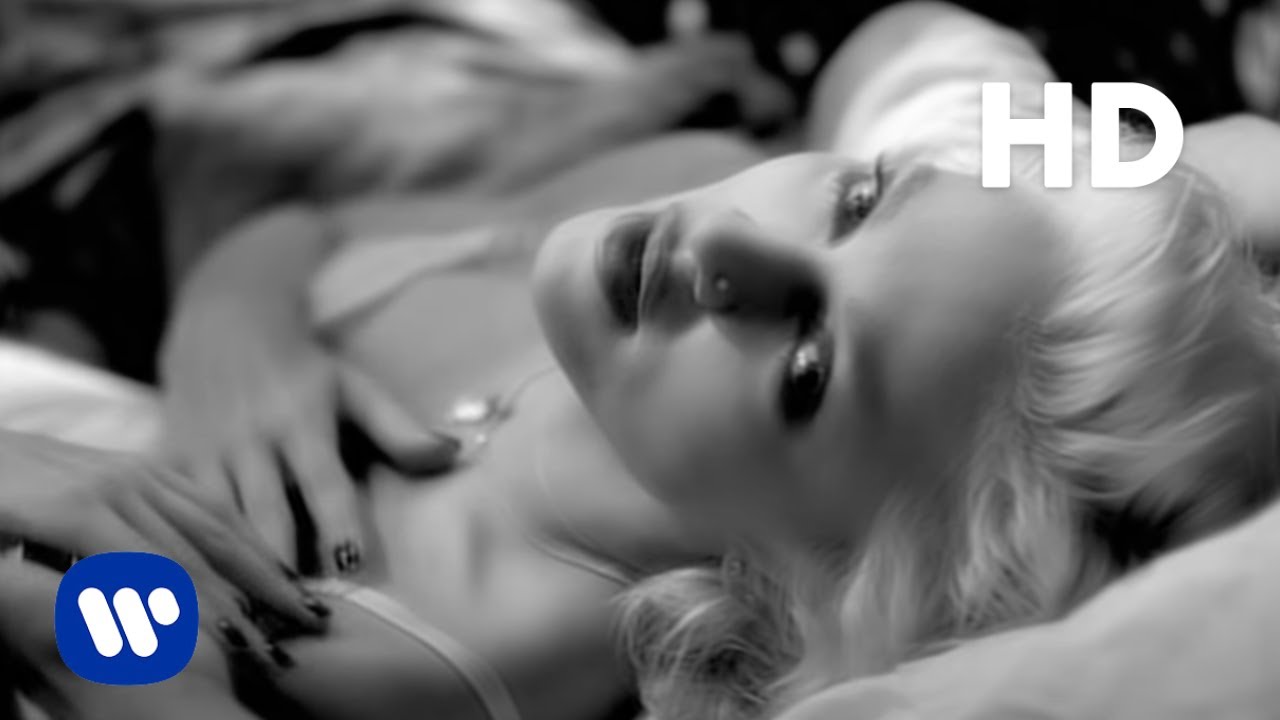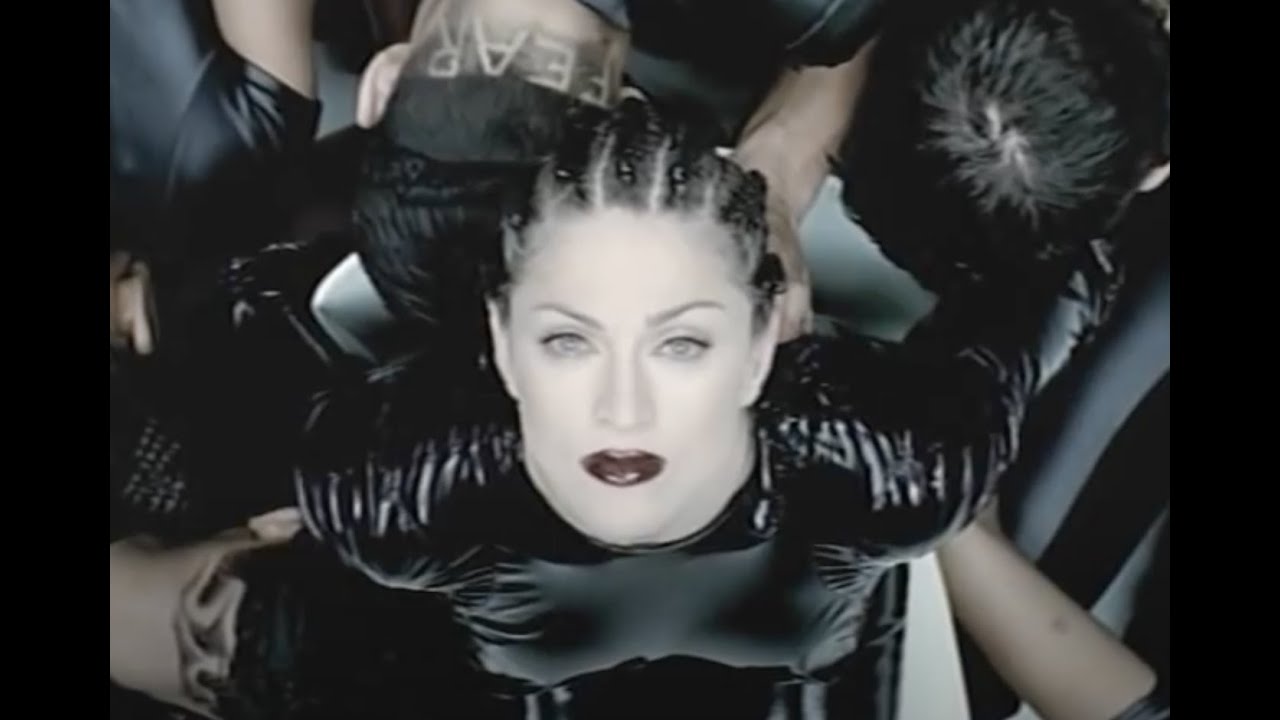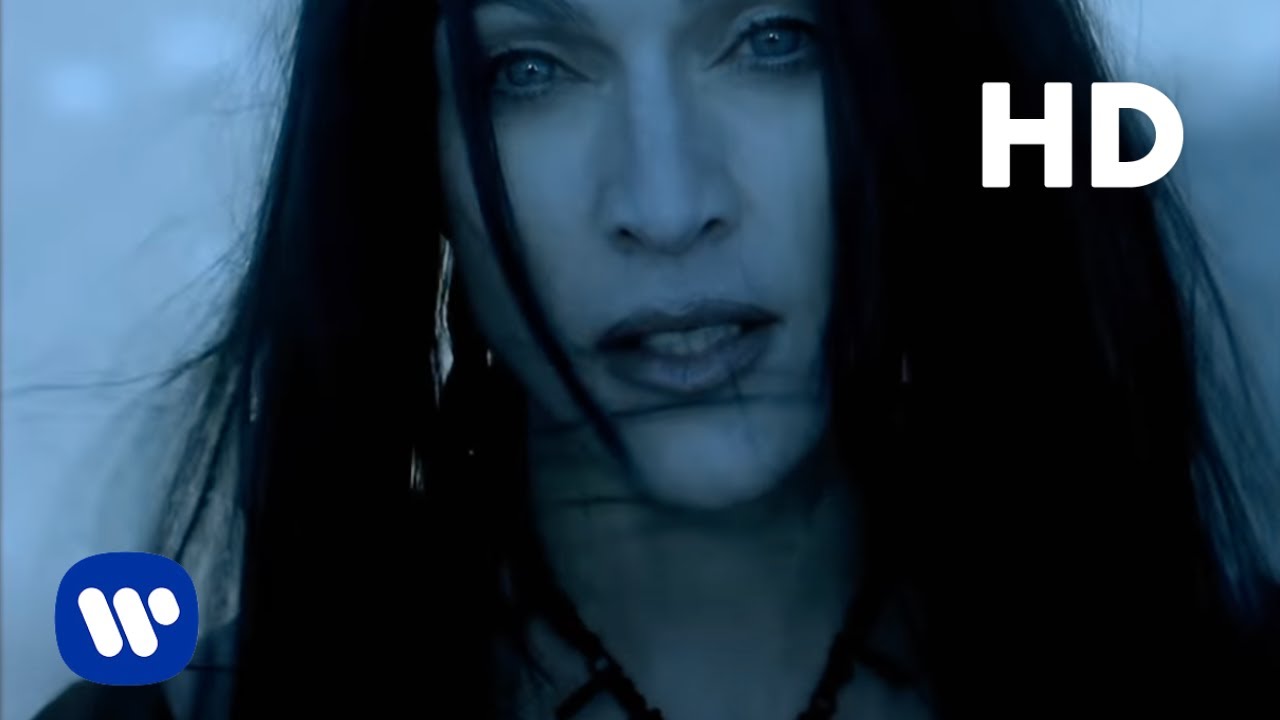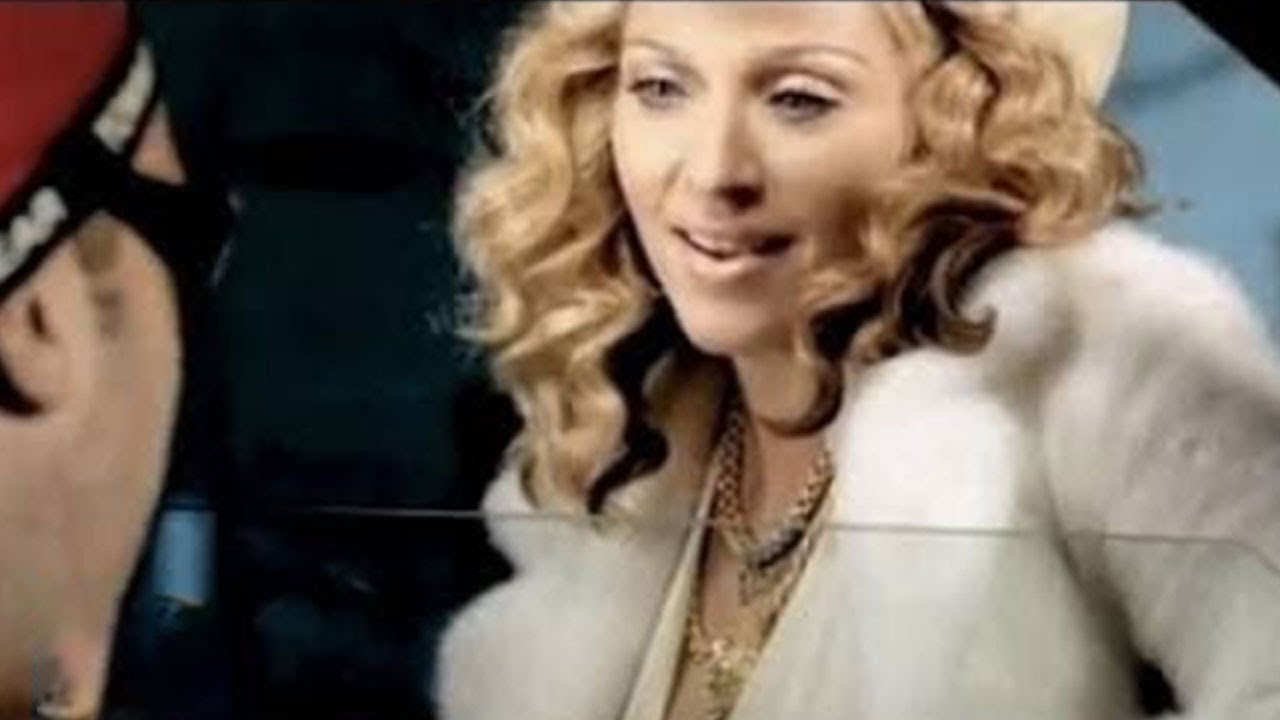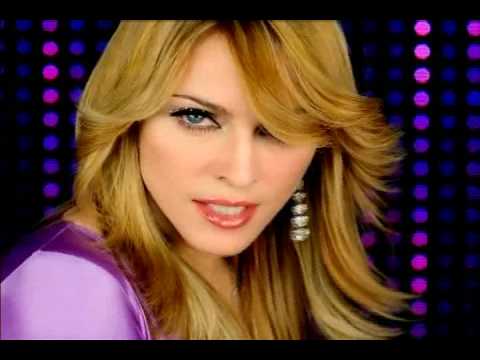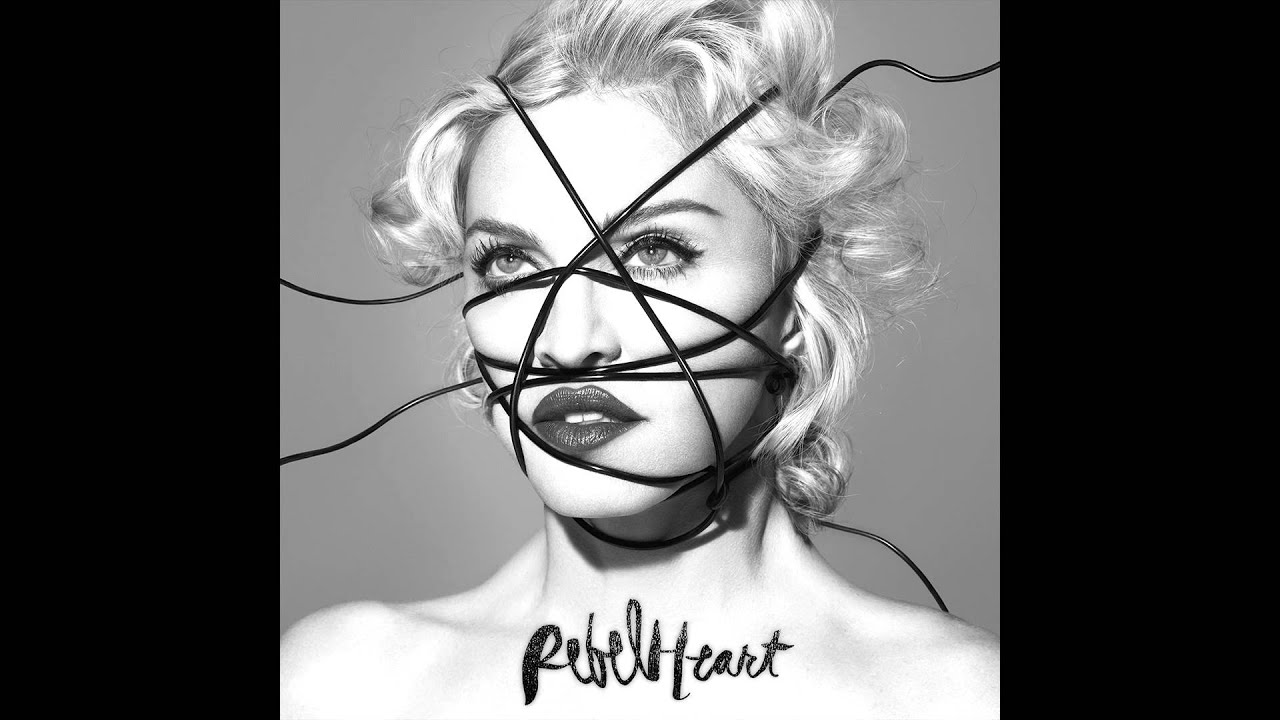On Madonna’s 60th birthday it’s time to acknowledge that, as one of her producers Guy Sigsworth says, “It’s not just 30 years of great hair.” Although we have lost other major stars of the 1980s – Whitney, George, Prince, Michael – she is thriving and still innovating, with a new album later this year. Turning her life into narrative, telling stories about herself through iconic images, Madonna has an aesthetic that runs like a shimmering thread through her work.
For my book I interviewed over 75 friends and co-workers – including musicians, producers, directors and dancers – to build up a frank, accurate picture of Madonna the artist: how she works in the studio, how she gets her shows together, what inspires her creatively, what she has struggled with and what matters to her. I realised that, as well as the driven businesswoman, there is a sensitive thinker obsessed with communicating her world through music.
Here are my 10 essential Madonnatracks – the ones I think are most powerful in her oeuvre and why.
1. Like A Virgin
I was recently on a dancefloor in a scuzzy club in Porto when the DJ played Teenage Fanclub’s distorted, grimy punk version of Madonna’s signature song. Things were going OK, but then he segued into the original. And, blow me down, this sounded more punk than Teenage Fanclub! Nile Rogers is a genius. Here Tony Thompson’s wide, fat drumbeats are loud in the mix and locked-in with Bernard Edwards’ basslines, while Madonna’s high-pitched vocals tease, cajole and sigh over the top. "We had the earliest computerized drums – what hip hop has become – those were the tools," recalls the drum programmer Jimmy Bralower. "30 years later this music is part of history, but at the time there was no other music to take a cue from. It was like driving without directions, purely on instinct."
2. Like A Prayer
Madonna meditates on the word ‘prayer’, collapsing Catholic liturgy with gospel swing and passionate vocals. Andre Crouch led the LA Church of God choir in a dynamic call and response: "Madonna wanted something very churchy, a very full sound, so I tried to blow up what she did and make it as powerful as I could." Bass player Guy Pratt then finished the track with an insane improvisation. "No musician is allowed to perform on a record like that, it’s meant to be a star vehicle for her," he recalls. "The fact I could do what I did on ‘Like A Prayer’ still startles me. But as I was playing Madonna was going, ‘Guy, more! More!’ By the end of the fade I’d run out of licks and had to go back to the beginning again. It was nuts."
3. Vogue
Gleaming, clever house groove featuring Madonna’s elegant visual rap – ‘she wanted to explore club music from an original standpoint. She wrote it on the flight to New York from her home in LA,’ says Tony Shimkin, who worked on the track with Shep Pettibone. The song was immortalised in the video by the dancers on her Blond Ambition tour. Madonna made sure the voguing poses were as spare, arch and dramatic as the music. "I wore a tuxedo jacket, they put me on some steps and I did some poses. It took 15 minutes and I was like, ‘OK, is that it?”’" recalls dancer Salim Gauwloos. "But when the video came out I was like, ‘Ah. OK! Now I get it!’"
4. Justify My Love
One of Madonna’s best tracks, the William Orbit remix is dance ballad as art form: ghostly, sensual, compelling. Only there is controversy around the lyrics. Although Madonna makes us feel these are her dreams, her desire, the song was originally a love letter to Lenny Kravitz by Prince protegee Ingrid Chavez, recorded as a spoken word demo. Kravitz took the song to Madonna, and Chavez had to sue to get proper credit. "She did an amazing job of copying my vocals. I couldn’t tell the difference between my voice and hers," recalls Chavez. "But Madonna got the honesty of the song, the intense desire. Smart move on her, she’s always been smart. She’s always taken the thing that was unique, that would take her to another place musically."
5. This Used To Be My Playground
While she likes the dance potential of uptempo and funky, Madonna also understands the soulful power of a reflective ballad. This wistful paen to her mother and memories of her childhood was recorded with Shep Pettione for A League of Their Own soundtrack. Pettibone composed a track in one night and Madonna incorporated her ideas, including the unresolved ending. She created the melody by humming over electronic chords and they rewrote a string arrangement while a full orchestra waited in the studio. Madonna knows how to sing within her range and let the emotion subtly emerge. Less is more. This is widely considered by fans to be her best ballad.
5. Secret
This song from her Bedtime Stories album is often overlooked. But by 1994 Madonna was maturing as an artist. It was less about pop hooks and more about creating an atmosphere, with a seductive, low-slung R&B groove. Indie film-maker Melodie McDaniel shot the video in Harlem, too shy to tell Madonna she wanted her raw around the edges, Last Exit to Brooklyn-style. ‘When she came out of the motor home her team had made her look very mild and glamorous, all neat and safe,’ says McDaniel. Though initially furious at having to redo hair and make-up, Madonna was thrilled by the sleazy June Harlow image that ended up in the video. "She loved it. I realised she’s game for anything."
6. Human Nature
Another song from Bedtime Stories, this is a fierce riposte to critics of her Sex book. Produced by Dave ‘Jam’ Hall, it combines loping En Vogue-style rhythm with slamming doors and a hip hop backbeat. Madonna’s anger is restrained but devastating. "Don’t put your shit on me," she intones. Director Dustin Robertson worked as an assistant to Jean-Baptiste Mondino on the video, and remembers Madonna’s first appearance on set. "She stepped out of her trailer wearing patent leather and stiletto boots. She walked carefully yet confidently across the wires and boxes on the stage floor and silence hushed over the entire set. She was stunning."
7. Frozen
One of Madonna’s most distinctive vocal features is her humming. It is woven beautifully into the glacial cracks and electronic precipices of her epic ballad Frozen, so she sounds like a witchy siren, drawing travellers to their doom. Björk producer Marius DeVries was brought in during the recording process to add his distinctive programming. “Madonna felt the song hadn’t quite achieved its potential, so I programmed up beats and effects. I’m quite theatrical in my production. Camp, some would say. I try and maximise sound – so the sonic hooks on Frozen are less to do with melody than sound and dynamic.”
8. Music
Notable for one of the best lines in pop music: “Music makes the people come together/Music makes the bourgeoisie and the rebel.” Like Prince in his prime, Madonna could sometimes pull out a single that stops you in your tracks. ‘Vogue’ was one, ‘Justify My Love’ another, and ‘Music’ – robotic, tinny, trashy and audacious – has that same genre-defining quality. For the video a series of young nubiles were auditioned for the role of girlfriends, but they were too stiff and posed. Madonna called up old clubbing pals Debbie Mazar and Niki Haris. The latter recalls: “She said, ‘I need my girlfriends, not fake girlfriends. Throw on some clothes and come down.’ We sang with her in the limousine and laughed all day.”
9. Sorry (Pet Shop Boys Remix)
Their remix of this single from Confessions on a Dancefloor is thunderous. Many say that this was the best song on the album. Madonna’s voice, right up to the third minute (which is a very long time in club terms), is just a texture in the music. This echoes Giorgio Moroder’s work with Donna Summer on ‘I Feel Love’, where Summer’s voice became the robot in the mix. It then builds, with the repetition of Madonna’s breathy repetition of the word “sorry”, interplayed with Neil Tennant’s pleading words: “please forgive me.” After building up unbearably to the drop, Madonna’s voice bursts through, utterly defiant. She emerges as the survivor, beating the naysayers. For Madonna, this remix was the high point of her Confessions tour. The Pet Shop Boys re-imagined her and in so doing created a disco classic.
10. Illuminati
“Madonna likes controversial song ideas. You have to be daring and courageous, swear and suggest stupid phrases, even if they don’t work at first,” says songwriter Toby Gad, who wrote this with Madonna. “She said it was a tease to write that song.” After dancing and jumping round the studio to various beats she sat down at the piano and fleshed out the idea. The result is questing Madonna, delving behind conspiracy theories to find true enlightenment. The track stutters between dry, distorted spoken word and a sweeping electronic chorus. Kanye co-produced this track, bringing younger names from the Good Records stable into the mix, like Charlie Heat, whose psychedelic beats and emo hip hop style give the song a mystical grace.
Madonna: Like An Icon by Lucy O’Brien is published by Penguin

